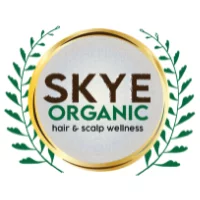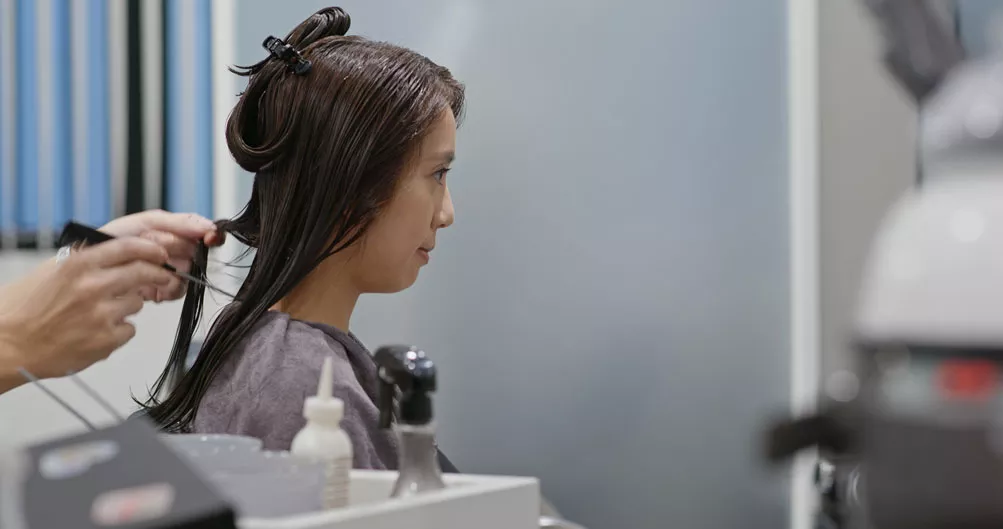Hair rebonding is a popular hair treatment that transforms frizzy and curly hair into sleek, straight locks. If you’re considering undergoing a hair rebonding procedure, it’s essential to prepare your hair properly beforehand to ensure the best results. Here are some crucial dos and don’ts to follow when preparing your hair for rebonding.
Dos
Consult with a Professional
Before starting the hair rebonding process, consult with a professional hairstylist who specializes in this treatment. They will assess your hair’s condition, texture, and suitability for volume rebonding. A professional can provide personalized advice and recommend the best approach to achieve your desired results while minimizing potential damage.
Deep Condition Your Hair
Deep conditioning your hair in the weeks leading up to your rebonding appointment can improve its moisture levels and overall health. Use a nourishing hair mask, deep conditioner, or organic keratin treatment to hydrate and strengthen your hair. Well-moisturized hair is more resistant to damage and can better withstand the chemical process involved in rebonding.
Trim Split Ends
Before undergoing rebonding, it’s advisable to trim any split ends. Split ends can affect the overall appearance and health of your hair. Removing them will help ensure a smoother and more even texture after the rebonding treatment. Schedule a trim a week or two before your appointment to give your hair a fresh start.
Also, if you have dry and itchy scalp, have yourself treated with an effective dry itchy scalp treatment first before scheduling a rebonding session.
Clarify Your Hair
To prepare your hair for rebonding, clarify it a few days before the procedure. Use a clarifying shampoo to remove any product buildup, oils, or residues from your hair and scalp. This step allows the rebonding chemicals to penetrate the hair shaft more effectively, resulting in a more even and long-lasting result.
Protect Your Hair
In the weeks leading up to your rebonding appointment, take steps to protect your hair from excessive heat and styling damage. Minimize the use of hot styling tools such as flat irons and curling irons. If heat styling is necessary, apply a heat protectant spray to shield your hair from heat damage.
Don’ts
Avoid Chemical Treatments
Refrain from undergoing any other chemical hair treatments, such as coloring, Korean style perming, or relaxing, in the weeks before your rebonding appointment. Chemical treatments can weaken the hair and make it more susceptible to damage during the rebonding process. Wait until after your rebonding treatment to explore other chemical treatments.
Say No to Henna or Metallic Dyes
Avoid using henna or metallic dyes on your hair before rebonding. These dyes can contain metallic salts that can react with the chemicals used in rebonding, leading to unexpected and undesirable results. Wait until after the rebonding process to use henna or metallic dyes, or consult with your hairstylist for appropriate recommendations.
Skip the DIY Approach
Rebonding is a complex chemical process that should be performed by a trained professional. Avoid attempting to rebond your hair at home using DIY kits. DIY rebonding can lead to uneven results, hair damage, or even hair breakage. It’s crucial to seek professional expertise to ensure the procedure is done correctly and safely.
Don’t Skip the Patch Test
Before undergoing the rebonding treatment, your hairstylist should conduct a patch test. This test helps identify any potential allergic reactions or adverse effects that could occur during the rebonding process. Skipping the patch test can put you at risk of unexpected side effects or allergic reactions that could harm your hair and scalp.
Avoid Excessive Sun Exposure
Excessive sun exposure can cause your hair to become dry and brittle, leading to potential damage during the rebonding process. Avoid prolonged sun exposure and, when outdoors, protect your hair by wearing a hat or using a scarf. Additionally, consider using hair products with UV protection to shield your hair from harmful sun rays.
Don’t Wash Your Hair Right Before Rebonding
On the day of your rebonding appointment, refrain from washing your hair. Natural oils on the scalp can act as a protective barrier during the chemical treatment, reducing the risk of scalp irritation or sensitivity. Washing your hair too close to the appointment may strip away these natural oils, leaving your scalp more vulnerable to potential discomfort.
Avoid Tying Your Hair Tightly
In the days leading up to your rebonding treatment, avoid tying your hair tightly or putting it in styles that can cause tension or strain on the hair. Tightly pulled hairstyles can weaken the hair strands, and the rebonding chemicals may further exacerbate this damage. Opt for loose hairstyles that minimize pulling or stress on your hair.
Don’t Skip the Aftercare Instructions
After your hair rebonding treatment, your hairstylist will provide you with specific aftercare instructions. Follow these instructions diligently to ensure the best results and maintain the health of your newly rebonded hair. These instructions may include avoiding heat styling for a certain period, using recommended hair care products, and scheduling follow-up appointments for touch-ups or treatments.
Proper preparation is key to achieving successful and long-lasting results with hair rebonding. By following these dos and don’ts, you can minimize damage and ensure optimal outcomes. Remember, it’s crucial to consult with a professional hairstylist who can assess your hair’s condition and guide you through the process. With the right care and professional expertise, you can enjoy beautifully rebonded hair that looks sleek, smooth, and healthy.

